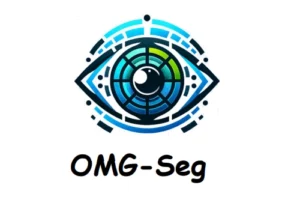VideoPoet: The Master of digital canvas that rewrites the rules of video creation with the aid of text, audio and images. Number of AI researchers from Google have presented this VideoPoet which is not a model but an experience.
VideoPoet is a language model for the generation of video using decoder-only Large Language Model. It has proposed the approach of super-resolution that increases the video resolution. Through evaluation and performance it can be observed that this outstanding model generates realistic and interesting motion. The model consists of two stages for the purpose of training that is pre-training and task adaptation.
In many other video generation models, we do not get to generate poetry but the reason for naming this model VideoPoet is that user get to experience the semantic output with high-fidelity and good quality of generated motion.

For video generation, the user has to look for different models to perform various tasks such as text-to-video, image-to-video, video-to-audio, video stylization and outpainting etc but when you are experiencing VideoPoet, you get all of these tasks in just a single model.
It has the ability to generate motions without any specific training. VideoPoet is quite adaptable and has the generalization capabilities across number of video generation tasks. Due to these advancements this model will setup new way in numbers of fields such as generating human-like gestures, real life animation, augmented reality, virtual reality in the domain of sports, daily life interactions between characters and objects.
Potential Impact and Application of VideoPoet
Did you find VideoPoet interesting? Lets see how this it works? The model take image pixel as an input for image-to-video and generates consistent video frames and audio waveform for video-to-audio.
Video-to-Audio: This involves the generation of audio based on video input. It generates the audio that is synchronised with the given audio input. Is potential applications are in the fields of video transcription or multimedia content creation.
Video Future Prediction: This task involves the future prediction of frames based on AI models that continue the sequence of video frame. This task helps in the field of surveillance, video editing, robotics and content creation.
Controllable Video Generation: This mode creates thoroughly new video sequence according to the specified motion. This will be very useful in creative applications. Consider yourself as an animation creator, you can a lot of new and interesting idea.
Video Stylization: This mode consist of prediction of particular styles or artistic transformation specified by text prompt. This mode is helpful in adjusting details while maintaining coherence and quality. For further interactive videos, visit the link.
Image-to-Video Generation: this task involves the prediction of frames based on single static input image which serves as a initial frame of the video. This task is helpful in the scenario where just one image is available and you have to create a video according to that reference image. For more interesting videos, visit the link.
The above mentioned video is showing an outstanding feature of image-to-video generation. The renowned portrait of Mona Lisa is an image and can be generated into video as the team made her yawn by providing image and textual input.
Text-to-Video Generation: It involves generation of video based on textual input or prompts. It reduced the gap between visual content and textual description. It has significant importance in various applications such as story telling, content creation, virtual reality and others. To see more interesting example, visit the link.
Video inpainting/outpainting: This task generate video frames where masked or missing content needs to be filled in, generating seamless video sequence. This mode of video generation is very helpful in filling or predicting missing regions in the surveillance or CCTV footage. If you want to see more examples like these, visit the link.
The masked portion of the video can be edited according to the user requirements. the above mentioned videos can be edited and the user can add any object of their own choice in the masked area. The objects can be added though text prompt for user’s facilitation.
Through the method of outpainting the user can additional features according to their own requirement for example in the above mentioned videos the top and bottom of the video frame is editied by adding green area on both sides. This technique adds a complete look to the video.
Parallel Evaluation
Extensive evaluation and comparison is done based on the each mode of VideoPoet and the results showed that the it showed outstanding performance in all the modes specifically considering text fidelity, video quality, motion realism and temporal consistency.
Wrap Up!
The basic advantage of VideoPoet is that it works on the holistic approach showing versatility in comprehensive understanding of video related tasks and video editing capabilities. It is a unified tool for creation and practical implications in the paradigm of visual content generation.
References
Similar Posts
-
Chinese Company DeepSeek Releases DeepSeek-Coder a LLM for Code Generation

-
Alibaba’s Mobile-Agent: A Smart Mobile Assistant
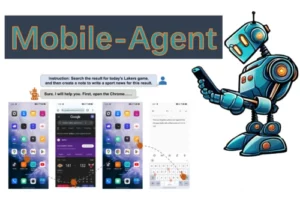
-
Grounded SAM: A Unified Model for Diverse Visual Tasks
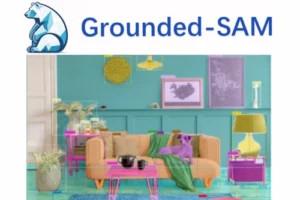
-
Gaussian Head Avatar: High Quality Head Avatar Generator
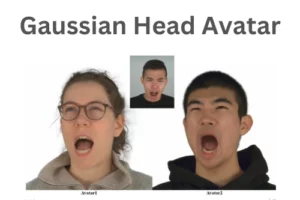
-
Google DeepMind’s AlphaGeometry: Without Assistance Solving Olympiad Geometry Problems
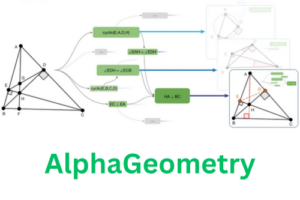
-
OMG-Seg: A Unified Segmentation Model
